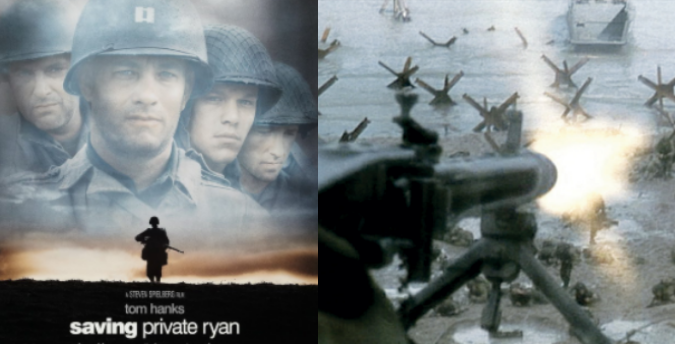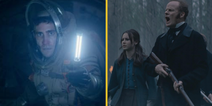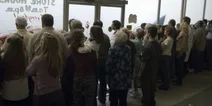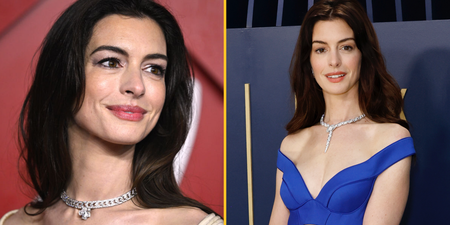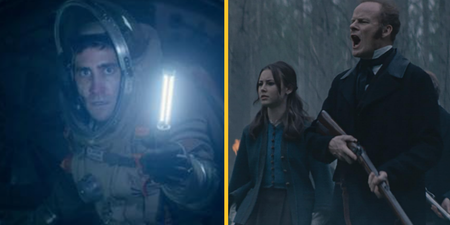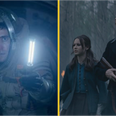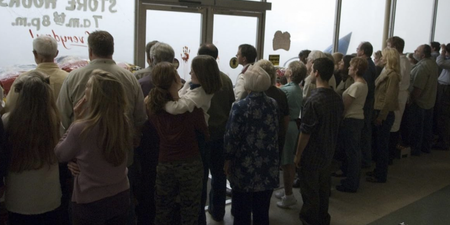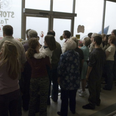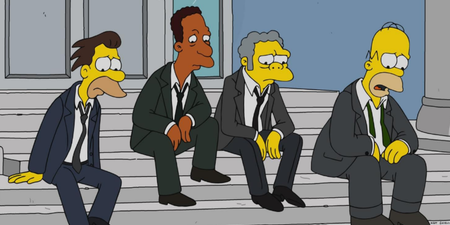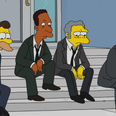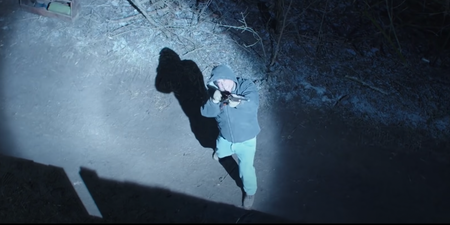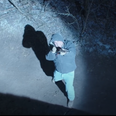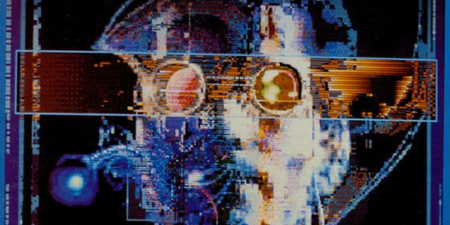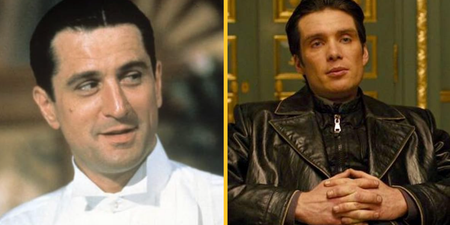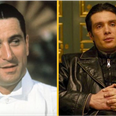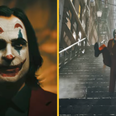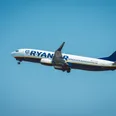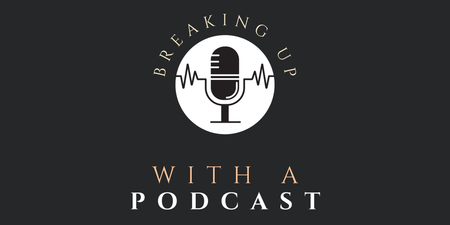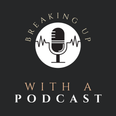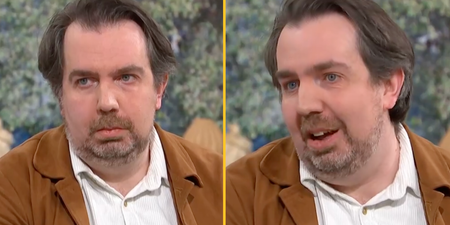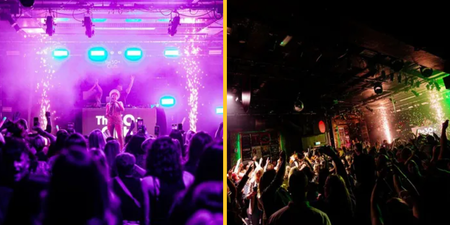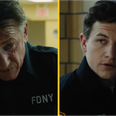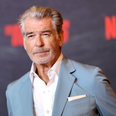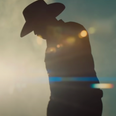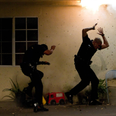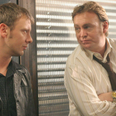An in-depth look at a masterpiece that was shot in Ireland.
There’s a famous story that revolved around Steven Spielberg’s wonderful Oscar-winning epic, Saving Private Ryan. When military historian and D-day veteran Stephen E. Ambrose, from whose memoirs Steven Spielberg drew historical inspiration, first saw the film, he could only watch about 20 minutes.
Ambrose, who also wrote Band of Brothers, then waved a hand in the air, called for the projectionist to stop the film and walked out of the room to catch his breath. Spielberg’s depiction of the monumental events of June 6, 1944 on the beaches of Normandy were so realistic that Ambrose had to compose himself and find some semblance of calm in the storm of memories and emotions that swirled around his head.
He then returned to the cinema and watched the rest of the film without a break.
This week marks the 20th anniversary of Saving Private Ryan’s release and it’s still a bonafide classic – it’s frequently voted as the greatest war film of all time – but in terms of opening acts, very few films can rival the anarchy, chaos and sheer horror that unfolded in Wexford.
Yes, Wexford.
Here’s an in-depth look at how Ireland and the Defence Forces, An Forsa Cosanta Áitúil (F.C.A. now Army Reserve) and An Slúa Múirí (now Naval Service Reserve) helped create one of the greatest scenes in the history of cinema.
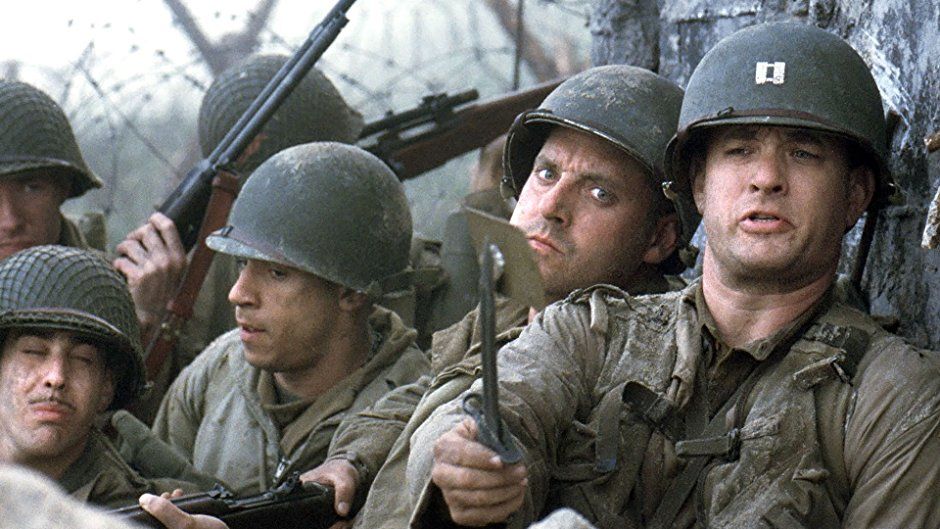
“I don’t know anything about Ryan. I don’t care. The man means nothing to me. It’s just a name.”
After a chance conversation with Mel Gibson, the director of Jaws and Schindler’s List decided to use Ireland as the location for Saving Private Ryan. The beaches of Normandy were impractical and there was also the moral issue of filming in the exact location were thousands of people had died 53 years before.
Gibson was so impressed with the Irish military on Braveheart that he urged Spielberg to use Ireland and so, in the summer of 1997, Ballinesker Beach, Curracloe Strand etched its place in film history.
The Omaha Beach scene cost $11 million to shoot and involved up to 1,000 extras, some of whom were members of the Irish Army Reserve. Ian Bryce, producer of the film, hailed the Irish soldiers as an absolutely integral part with 750 FCA members being spilt into 15 groups of 50.
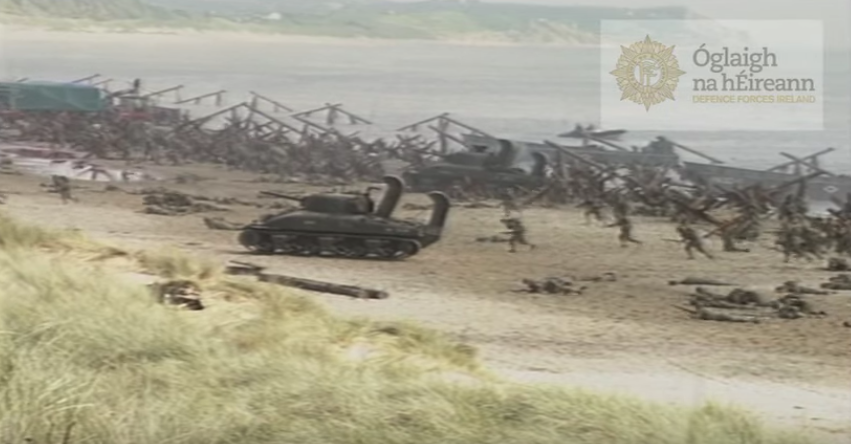
Despite having the various true stories and first-hand accounts to lean back on for inspiration, Spielberg had a clear vision of what he wanted to make on the film because his own father was a soldier during the war – he was stationed in Burma as radio operator on a B-25 – and as the director said on the DVD documentary: ” He never really told me about the horror stories of war, just the friendships he had.”
This theme is prevalent throughout the film as Tom Hanks’ Captain Miller leads a motley crew of U.S. soldiers as they go behind enemy lines to retrieve a paratrooper whose brothers have been killed in action. It should also be noted that Spielberg’s dad also featured in the director’s earlier WWII films, Escape to Nowhere and Fighter Squad.
In terms of Hollywood productions, Saving Private Ryan was unique because the film was actually shot in chronological order. Over a four-week period, Spielberg moved the action up the beach shot-by-shot and day-by-day. Just like the actual real-life battle itself.
In order to get the required level of authenticity and performances from the actors, the producers hired Captain Dale Dye, an army advisor and 21-year Marine veteran who saw combat in Vietnam, Beirut, and the Gulf, to whip them into shape during an intensive ten-day boot camp.
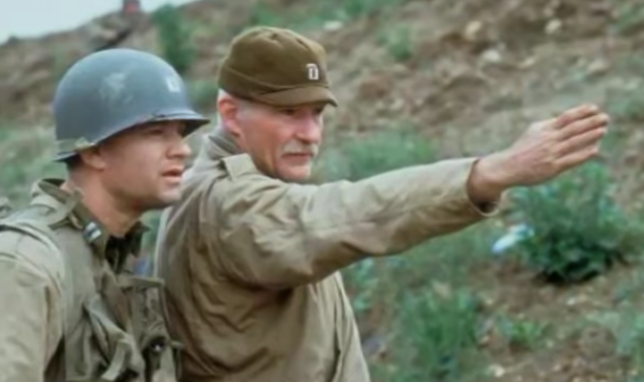
Dye was very much the real deal as his bullet wounds, shrapnel scars and three Purple Hearts were a testament to his levels of commitment, dedication, and bravery. This being said, the main cast and the extras (mostly Irish military personnel) might have mixed feelings about Dye because he pushed them to the limits of their endurance.
As the following video depicts, the members of the Irish military were familiar with using tactics and training that deployed during the 90s – every one of them had to be retrained by Captain Dye’s company, Warriors Incorporated. Dye’s company had previously helped create the battle sequences in Platoon, Outbreak, and Forrest Gump.
You can see his influence in the production process in this Irish Defence Forces video below.
https://www.youtube.com/watch?v=5-_Q8Kb-8AE
Regarding the main actors – Hanks, Sizemore, Diesel, Burns, Goldberg etc. – Dye made them train, eat, sleep and live in the exact same conditions that any other soldier would experience.
Weapons training, food rations, intense physical training, sleeping in the dirt, marching in the rain, learning about combat techniques, they were all part of the ordeal.
Dye also had a fond nickname for these major Hollywood actors, The Turds.
In fact, he randomly ordered “atomic” sit-ups, “caterpillar” push-ups and simulated Nazi attacks – often just as ‘The Turds’ had finally got to sleep. Such was Dye’s instance on authenticity, if any actor referred to a colleague by anything but the name of their character there were push-ups. If the actors started to talk about movies during their training? Push-ups. If the actors called their gun a “gun” and not a “weapon”? More push-ups.
Eagle-eyed fans might be able to spot Dye in the film too – he’s the Colonel who gives General George Marshall the death notifications about the Ryan brothers at the start of the film.
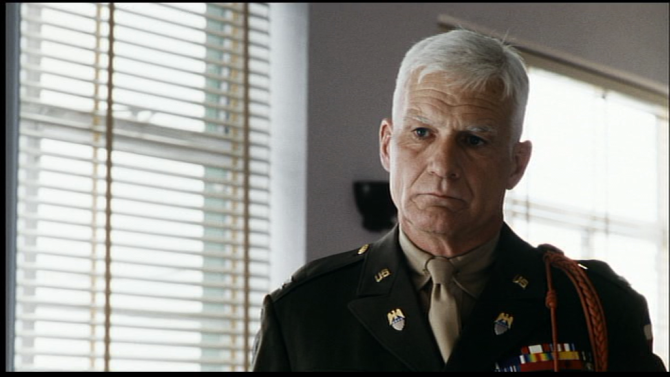
Cleverly, Matt Damon wasn’t subjected to this bootcamp because the filmmakers felt that his absence would increase the levels of hostility that the other actors had towards his character – just like the film.
As for this bootcamp? “It was the worst experience of my life,” said Edward Burns, but there’s no denying that it had the desired effect.
Ultimately, the director was more than impressed by the professionalism, standards and brilliant work that the Irish military provided. Spielberg said: “Your men (Defence Forces) are just brilliant and fantastic. Those opening shots are just wonderful. The Irish Army is just wonderful – all their training and know-how. That’s the difference between the scene looking like a bunch of amateur soldiers and what they are, professionals.”
You can see Hanks and Spielberg discuss their experience of working with the Defence Forces from 12:30 onwards.
https://www.youtube.com/watch?v=d-TsJ5iJyCw
“Keep those actions clear. I’ll see you on the beach.”
Spielberg and his production team spent three months sourcing the 2,000 weapons that were used in the film. 1,500 rifles were made of rubber and after each day of filming, they had to be repainted by night. The remaining 500 were in working order and they were used to fire blanks during filming.
In terms of the actual filming, the crew encountered the most unlikely problem in Ireland, nice weather. The summer of ’97 was uncharacteristically good for Ireland and in terms of continuity, this posed a problem. D-Day took place on an atrocious day with cloud and rain. To get around this, the special effects teams on the beach used smoke and exploding debris and sand to block out the sunshine.
During the D-Day landing scene, the gunfire sound effects that you hear in the film were recorded from actual gunfire with live ammunition fired from authentic period weapons, recorded at a live fire machine gun range.

To depict the horrors of war that unfolded on the beaches of Normandy, forty barrels of fake blood was used and the casting department also used genuine amputees for increased effect. In fact, Colonel Bryce, played by Bryan Cranston, is the only person in the movie that’s a fake amputee.
In terms of the aesthetic approach, Spielberg has been very open about the fact that Robert Capa was his inspiration – Capa was a famous photojournalist and director who landed with the Normandy invasion forces to capture the whole event.
As previously stated, none of the Omaha Beach sequence was storyboarded in advance and rather than dictate what’s to be filmed, the director gave a free licence to his camera crew and director of photography, Janusz Kaminski.
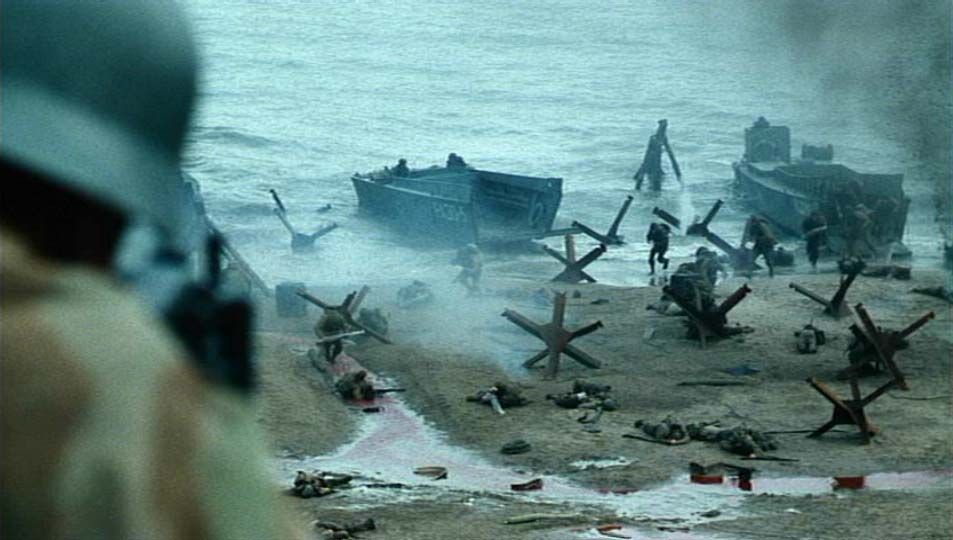
Essentially, the only direction that Spielberg gave his camera crew was to imagine what it felt like to be in the middle of the war and document the carnage that unfolds.
That’s the reason why the camera is never static or fixed on one particular image/character during that whole sequence. In fact, the various pans, zooms, and shots of blood splattering on the lens have a very deliberate intention. It’s to make the audience feel that they’re a participant in the horror that’s unfolding around them.
When the camera shakes during explosions, it was because Steven Spielberg used drills attached to the side of the camera, which was turned on when shaking was required. While shooting with this effect, the crew’s photographer let Spielberg know that there was a shaker lens for cameras. They also used a technique which allowed for the bleaching process of colour film while retaining the silver hue – basically, this gave the film a desaturated, washed-out look which added to the bleakness of how the D-Day battle looked.
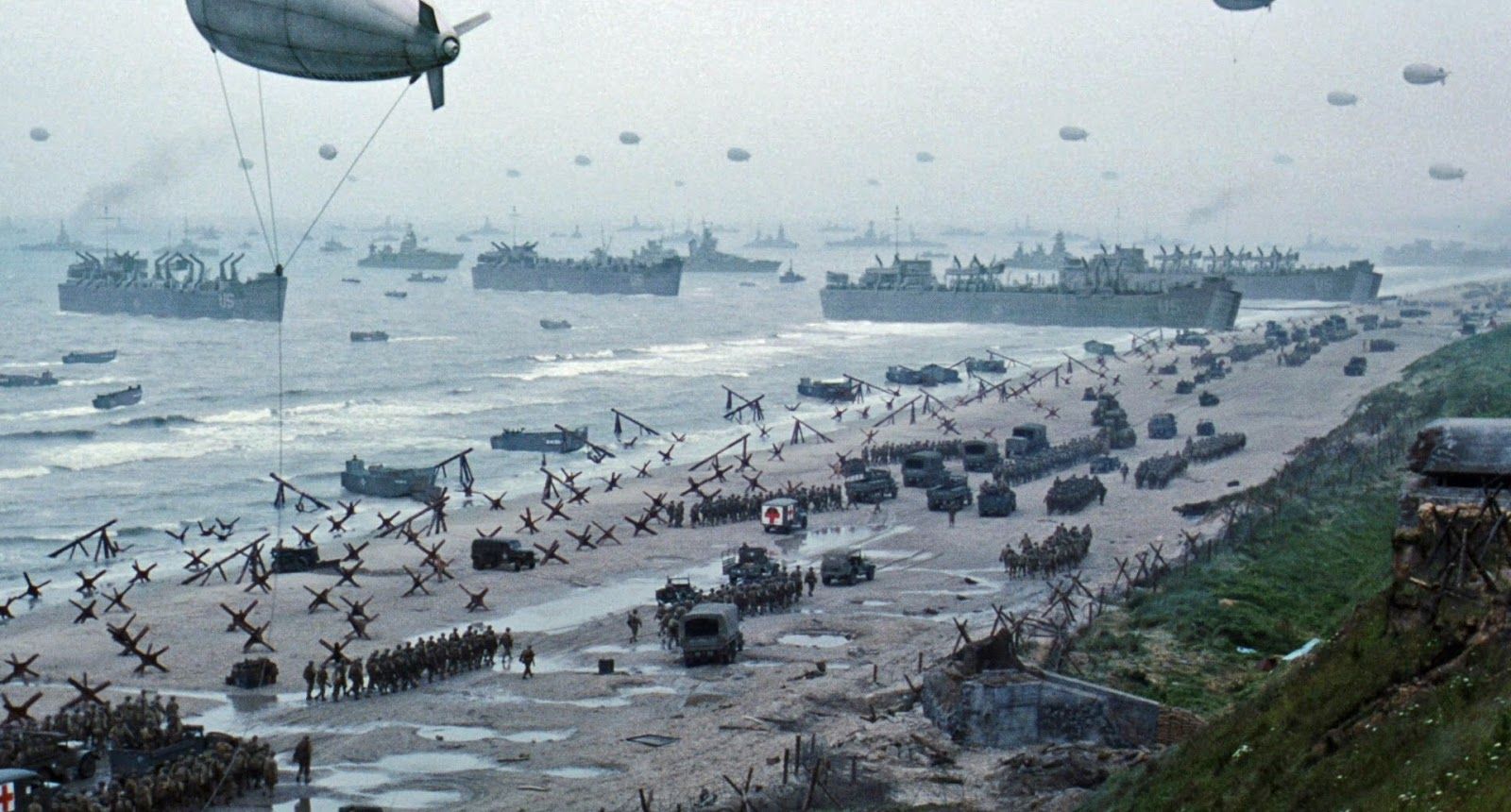
“James, earn this… earn it.”
Here are just a few interesting pieces of information and anecdotes regarding the production of Saving Private Ryan.
- At the start of the film, you can clearly see Allied soldiers puking over the edge of the landing craft as they approach the beach. To get this effect, Milk of Magnesia was used.
- The movie’s credits include a caption thanking the Irish Government, the Wexford County Council and the “people of the city of Wexford’.”
- Matt Damon got the titular role after Robin Williams introduced him to Steven Spielberg in Boston. Unknown to Damon, Spielberg already had him in mind for the part after being impressed with his work in Courage Under Fire.
- This being said, Ed Norton and Neil Patrick Harris were also considered for the role of Private Ryan.
- St. Peter’s College in Wexford housed hundreds of the extras and soldiers while the film was shooting.
- The unarmed Nazi soldiers that are shot during the opening scene are not speaking German. They are speaking Czech.
- Throughout the film, the soldiers all say the phrase ‘FUBAR’ to each other. Its meaning? Fucked up beyond all recognition.
- Before Tom Hanks was cast, Mel Gibson and Harrison Ford were considered for the lead role of Captain Miller.
- Aside from his skills as an actor, Spielberg has previously said that he wanted an unknown for the role of Private Ryan. While they were in production, Matt Damon won an Oscar for Good Will Hunting and became one of the most famous faces on the planet.
- After the Allied troops take the beach and flush out the German soldiers from their foxhole, Tom Sizemore starts to collect dirt from the ground. His character takes gravel from every battle that he’s in – we see canisters from Africa and Italy in his backpack. Soldiers actually used to do this.
- Tom Hanks was later inducted into the US Army’s Ranger Hall of Fame as an honourary member, mainly due to his work in this film.
- The scene where Private Ryan rambles about his brothers was completely ad-libbed by Matt Damon. Spielberg liked it so much that he kept it in the film.
“If God is for us, who could be against us?”
It’s somewhat fitting that the entire Omaha Beach sequence is bookended with the same shot, Tom Hanks’ hand nervously twitching but after those stunning 25 minutes, we all know that Captain Miller will never be the same again.
Machine gun nests exploding in a plethora of bullets, bodies stacking up on the sand as a sea of red blood washes up on the coastline, that eery silence that’s caused by a severe case of shell shock.
Spielberg was absolutely unrelenting in depicting the horrors of war because as he put it, heroism was simply staying alive.
Limbs are blown off, intestines are hanging out, people are being burned alive after flamethrowers explode, and despite this, we never lose sight of the bravery of these ordinary men that are asked to do the extraordinary.

After the carnage is over, there’s an exquisite scene where Adam Goldberg’s character, Private Mellish, takes a moment to gather his thoughts, process the horror of what he has just seen and calm down.
In this quiet after the storm, he just breaks down and starts crying. He’s inconsolable because just like everyone else, he knows that nothing will ever be the same.
Commandant Frank Burns said it best: “I think this film will be a big leap. We are so used to the good guys beating the Germans but I think this will totally reflect and show a completely different side of war. The carnage, destruction, and loss of life on the American side – a lot of it through human error. I think this is going to have quite an impact on the public.”
Twenty years later, the Omaha Beach sequence is still as powerful as when it was first released. The film went on to win five Oscars – oddly, it lost out in the Best Picture category to Shakespeare In Love – but Spielberg’s film continues to be hailed as a masterpiece.
In doing so, the Oscar-winning director ensured that new generations will never forget the bravery, sacrifice, and courage that those men showed when they stormed the beaches of Normandy. In that regard, Ireland and our military personnel can also be incredibly proud of the role that they had in the beloved film.
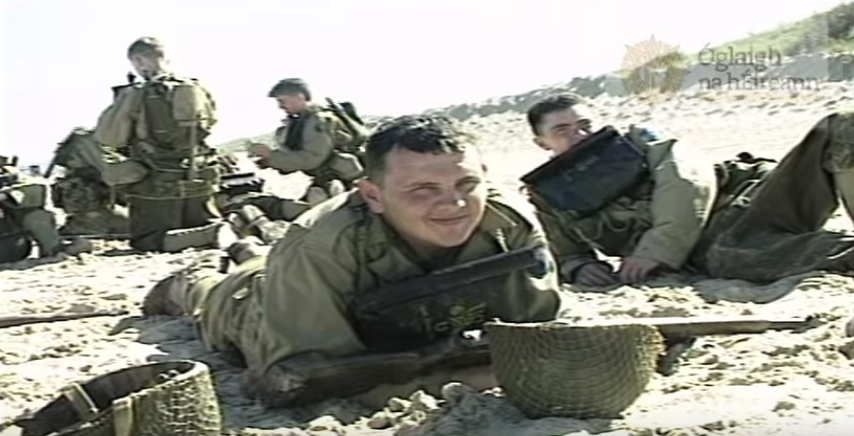
Clips via – Irish Defence Forces
LISTEN: You Must Be Jokin’ with Aideen McQueen – Faith healers, Coolock craic and Gigging as Gaeilge
